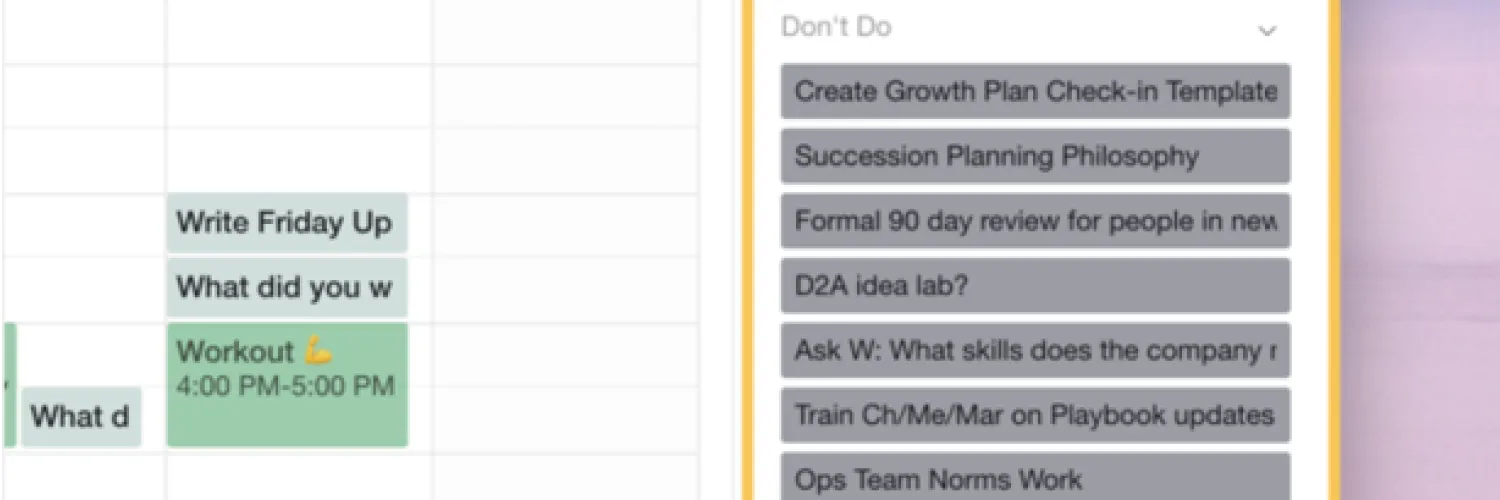Staying productive during a crisis can be a challenge, but with the right strategies, it’s possible to maintain focus and effectiveness. Whether you're working from home, navigating changes in your work environment, or managing personal turmoil, the following techniques can help you stay on track. Below, we explore essential methods to boost your productivity during tough times.
1. Establish a Routine
Creating a structured daily routine is crucial during a crisis. A routine provides stability and predictability, which can help reduce anxiety and improve focus. Consider the following elements when designing your daily schedule:
| Time | Activity |
|---|---|
| 8:00 AM | Morning Exercise |
| 9:00 AM | Work on Key Projects |
| 12:00 PM | Lunch Break |
| 1:00 PM | Team Meetings |
| 3:00 PM | Focus on Creative Tasks |
| 5:00 PM | Wrap-Up and Plan for Tomorrow |
2. Set Clear Goals
During a crisis, it’s essential to set clear, achievable goals. Break larger tasks into smaller, manageable chunks. This approach not only makes tasks less daunting but also allows you to celebrate small victories along the way. Use the SMART criteria to define your goals:
Specific: Clearly define what you want to achieve.
Measurable: Ensure you can track your progress.
Attainable: Set realistic goals that can be achieved within your current circumstances.
Relevant: Make sure your goals align with your overall objectives.
Time-bound: Set deadlines to keep yourself accountable.
3. Minimize Distractions
Distractions can significantly hinder productivity, especially during a crisis. Identify common distractions and take steps to eliminate them. Here are some strategies to minimize interruptions:
- Create a dedicated workspace: Designate a specific area for work to mentally separate work from home life.
- Use technology wisely: Consider tools that block distracting websites and notifications during work hours.
- Communicate boundaries: Let family or housemates know your work hours to minimize interruptions.
4. Leverage Technology
Technology can be a powerful ally in maintaining productivity during a crisis. Utilize various tools to enhance your workflow:
| Tool | Purpose |
|---|---|
| Project Management Software | Organize tasks and monitor progress (e.g., Trello, Asana). |
| Communication Platforms | Facilitate team collaboration (e.g., Slack, Microsoft Teams). |
| Time Management Apps | Track your time and productivity (e.g., Toggl, RescueTime). |
5. Practice Self-Care
Maintaining your mental and physical health is critical for staying productive. Incorporate self-care strategies into your routine:
- Exercise regularly: Physical activity can boost your mood and energy levels.
- Mindfulness and meditation: Practice mindfulness to reduce stress and improve focus.
- Stay connected: Reach out to friends and family for support, even if it's just a quick chat.
6. Stay Flexible and Adapt
A crisis often requires us to adapt quickly to new situations. Embrace flexibility in your approach to work and be willing to adjust your plans as necessary. This adaptability can lead to innovative solutions and new opportunities that you may not have considered otherwise.
7. Reflect and Adjust
Regularly take time to reflect on your productivity and adjust your strategies as needed. Ask yourself questions like:
- What strategies are working well for me?
- Where do I find myself struggling?
- What changes can I implement to improve my efficiency?
Consider keeping a journal to document your reflections and track your progress. This practice can provide insights into your productivity patterns and help you make informed adjustments.
Conclusion
Staying productive during a crisis is challenging, but by following these strategies, you can navigate through tough times with greater ease. Establishing a routine, setting clear goals, minimizing distractions, leveraging technology, practicing self-care, staying flexible, and reflecting on your progress are all essential components of maintaining productivity. With determination and the right approach, you can not only survive a crisis but thrive in it.





